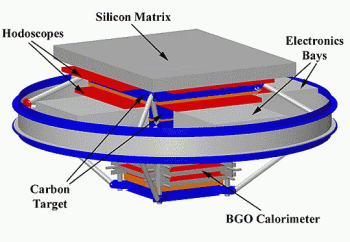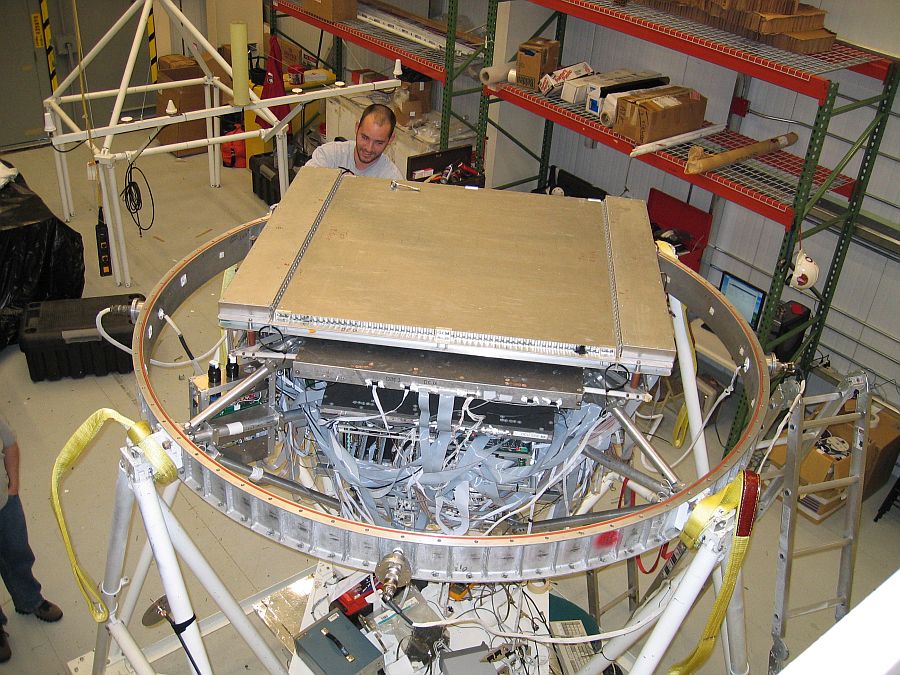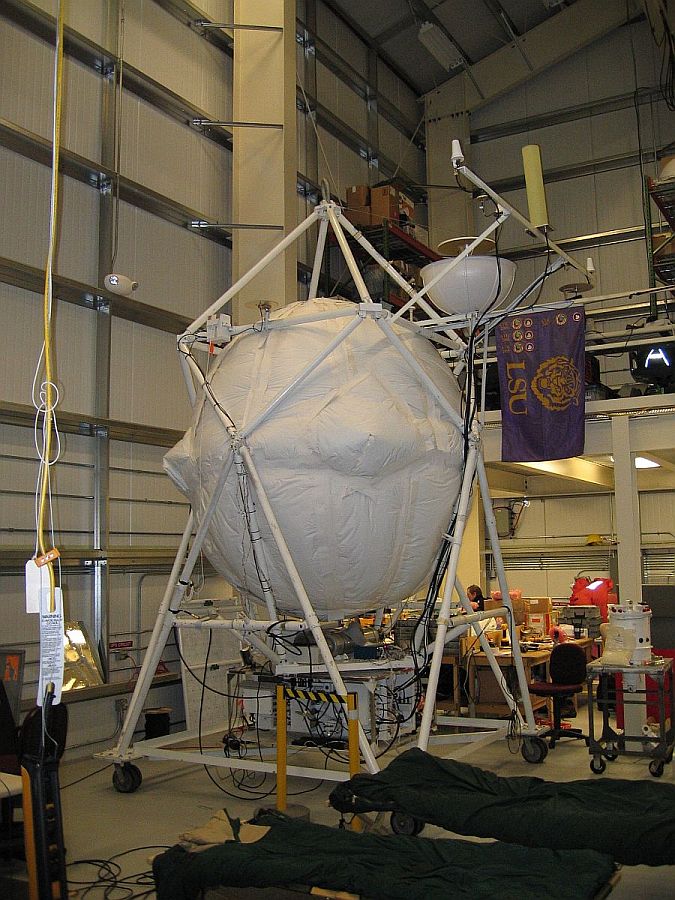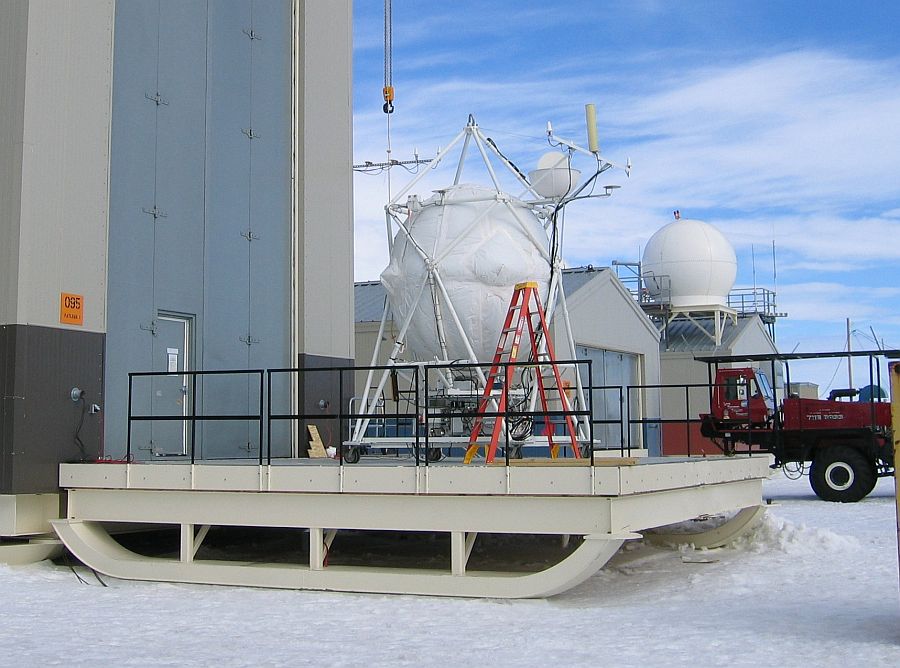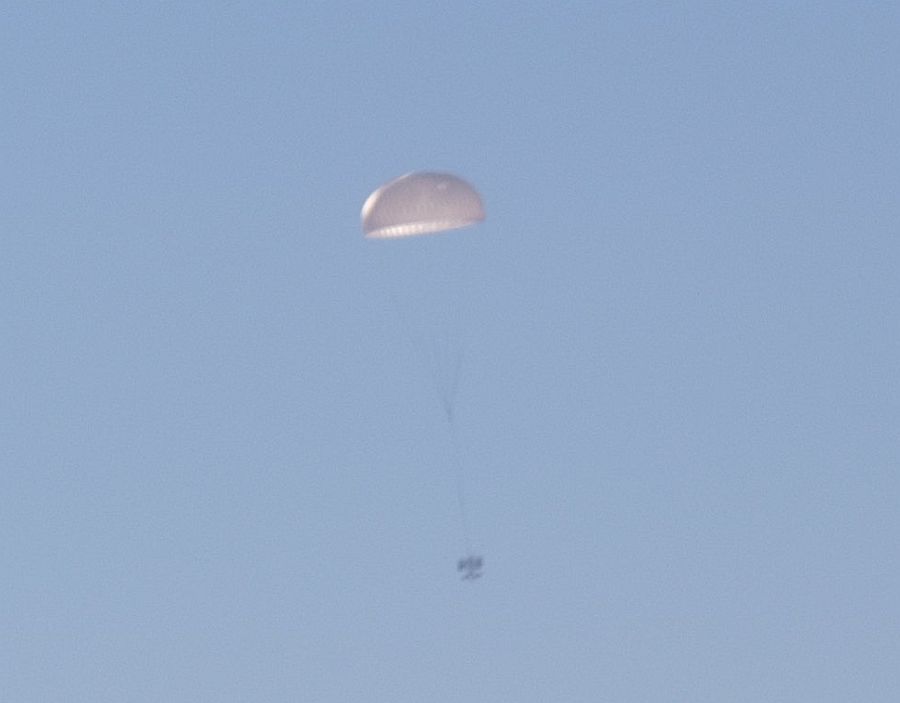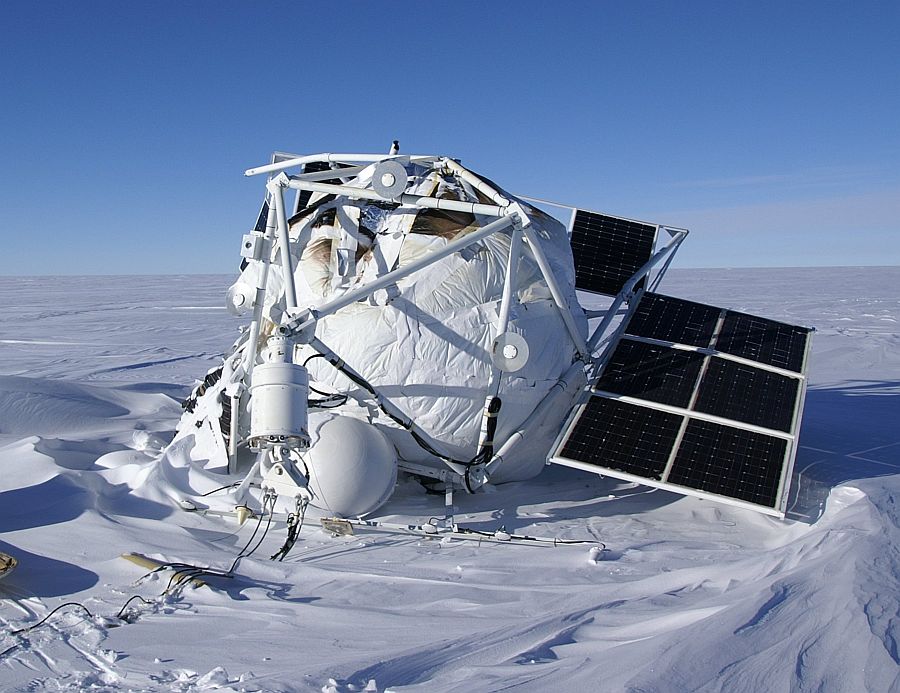Purpose of the flight and payload description
Cosmic rays are the only sample of matter from distant regions of the galaxy, and possibly elsewhere in the Universe, that can be directly observed by space experiments in the Solar System. This high energy matter consists of atomic nuclei that travel at speeds very close to the speed of light and includes electrons, the natural elements from Hydrogen and Helium to Iron and beyond as well as anti-matter in the form of positrons and anti-protons.
ATIC experiment was designed to measure the energy spectrum of individual cosmic ray elements in order to study the validity of the model that predicts that cosmic rays gain their very high energy as the result of supernova explosion shock waves traveling through interstellar gas. Several goals on regard this objective are for example to obtain energy spectra for individual elements of a broad energy range with a single instrument; to discover 'breaks' or 'bends' in the spectra, to measure the energy dependence of the H/He ratio as well determine the spectral differences between elements and obtain the composition of the cosmic ray matter.
To achieve its scientific objectives, the ATIC experiment must be capable of measuring the incident cosmic ray charge and energy over an energy range of 50 GeV to >100 TeV. A schematic of the instrument, can be seen at left (Click to enlarge).
The instrument is based on the technique of ionization calorimetry, the most practical method of energy determination for cosmic ray nuclei from H to Fe over the target energy range. The fully active ATIC calorimeter is composed of 10 layers of Bismuth Germanate (BGO) scintillating crystals and is located on the bottom of the instrument. Above the calorimeter is the target section consisting of three plastic scintillator strip hodoscopes to define the instrument aperture and provide redundant charge and trajectory measurements, as well as layers of inert carbon (between hodoscopes) to provide a volume for the incident particles to interact.
On the top of the detector stack is the highly segmented silicon matrix detector that provides an accurate measure of the incident particle charge even in the presence of shower particles backscattered from the calorimeter. Surrounding the detector stack, electronics bays hold the flight computers, readout electronics, power system boards and other instrument electronics. Finally, on each of the four corners three struts transfer the loads of the experiment through the pressure vessel ring to an external structure that attaches to the balloon.
The total weight of ATIC is about 1,500 kg (3,300 lbs), the total power consumed is less than 350 Watts (including power conversion efficiency), and the payload is designed to be quickly field stripped under Antarctic conditions.
Details of the balloon flight
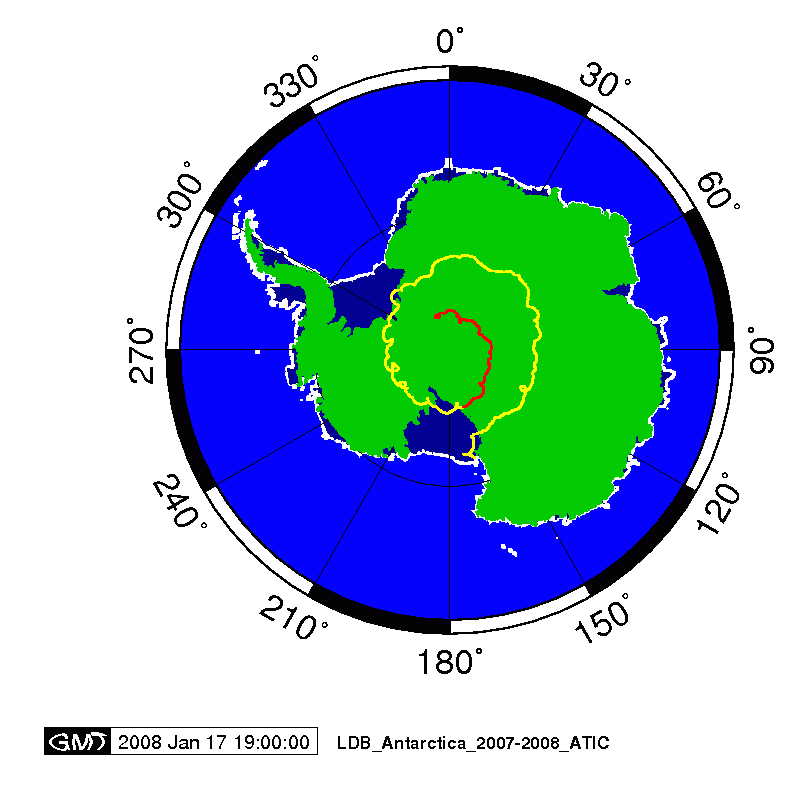
Balloon launched on: 12/26/2007 at 14:33
Launch site: Williams Field, McMurdo Station, Antarctica
Balloon launched by: Columbia Scientific Balloon Facility (CSBF)
Balloon manufacturer/size/composition: Zero Pressure Balloon Raven - 39.000.000 cuft - (0.8 Mil)
Flight identification number: 579N
End of flight (L for landing time, W for last contact, otherwise termination time): 1/15/2008 at 00:30
Balloon flight duration (F: time at float only, otherwise total flight time in d:days / h:hours or m:minutes - ): 19 d 10 h 43 m
Landing site: 231 nautic miles NE of the Amundsen-Scott South Pole Station, Antarctica
The balloon was launched by dynamic method with assistance of launch vehicle (The Boss) on December 26th, 2007 at 14:33 utc. The payload was released very smoothly and the ascent, entry into float, and float were normal. After that the balloon started the typical anti-clockwise path around the Antarctic Plateau.
After a full and a half circumnavigation to the white continent the flight was terminated on January 15 at 00:31 utc after a flight of 19 days, 10 hours and 43 minutes.
During that manouver, was tested for the first time in a scientific flight the new Ripstitch Shock Attenuator intended to reduce the parachute opening shock. This allowed during the critical phase of the descent also for the first time to maintain the telemetry link between the Operations Center at Palestine (both by Iridium and TDRSS) and the falling payload.
Once landed the CSBF people in the other side of the world was able to follow the automatic procedures that separated the parachute from the payload, thus avoiding the risk of the former became a huge sail that would be dragged the payload across the Antarctic Plateau.
This last part of the landing procedure was a vital one because until now, the separation commands were sent in a "blind" mode with no link or confirmation other than visual from the termination plane.
The recovery of the payload was performed on Febraury 1st from the South Pole station.
This was the second scientific flight of the instrument, after a first test launch -which also yieled scientific results in 2000/2001- and a first scientific flight in 2002/2003. A third flight was intended in 2005 but was terminated early due to a balloon failure. When the landing site was reached by the recovery team was evident that the ATIC instrument was seriously damaged so after a year of reconstruction the next mission -this flight- took place in the 2007/2008 season.
Nominal data collection began on 27 Dec. 2007 at 14:00 UT and continued until 11 Jan. 2008 at 2:00 UT when was discovered that the instrument was lossing pressure by unknown reasons leading to end the scientific portion of the mission.
The flight was finally terminated on January 15th 2008 and the payload was recovered from the South Pole on Febraury 1st 2008. Data analysis is still undergoing.
External references
- ATIC website Louisiana State University (no longer available - retrieved via Archive.Org)
- A Whisper, Perhaps, From the Universe's Dark Side New York Times web site
- Balloons Away Antarctic Sun
- Dark Matter Signals In Cosmic Rays? Memorie della Società Astronomica Italiana, v.81, p.132 (2010)
- Dark matter signals in cosmic rays?. Memorie della Società Astronomica Italiana, v.81, p.132 (2010)
- Distinguishing Between Dark Matter and Pulsar Origins of the ATIC Electron Spectrum With Atmospheric Cherenkov Telescopes Physics Letters B, Vol.681, Issue 3, 2009, Pag.220
- High energy cosmic rays Journal of Physics: Conference Series, Volume 171, Issue 1, pp. 012012 (2009).
- Scientific Balloons Achieve Antarctic Flight Record National Science Foundation press release
2708If you consider this website interesting or useful, you can help me to keep it up and running with a small donation to cover the operational costs. Just the equivalent of the price of a cup of coffee helps a lot.

